Newbie question here...I need to know the proper terminology so I know what I'm looking for. I have a bridge rectifier that has four flat blades on the bottom.
I want to throw it on a breadboard to test my circuit, and will eventally want to get it onto a pcb. Right now, I've got it connected to jumpers on my breadboard via four alligator clip cables, but there's GOT to be a better way.
Searching for "bridge rectifier socket" led me to some proprietary socket datasheets for a very specific rectifier that didn't fit. But not even a Mouser or DigiKey page in the top 50 or so results.
What am I looking for so I can get better search results?
